Researchers in Australia have developed a microscopic on-off light to help investigate how drug delivery systems interact with cells.
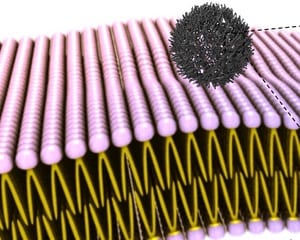

Researchers in Australia have developed a microscopic on-off light to help investigate how drug delivery systems interact with cells.
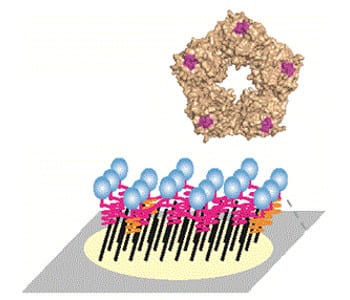
An interface that models inflammation and infection will allow researchers to investigate biomolecular dynamics changes in local microenvironments.
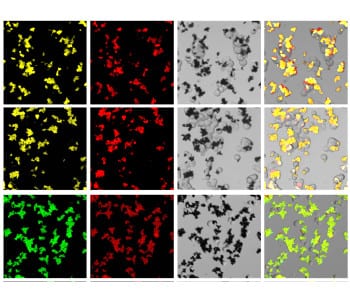
Researchers have reported a new method for detecting cancer cells, using SERS and fluorescence dual-encoded magnetic nanoprobes.
Researchers at Nankai University report the design and engineering of a recombinant protein that can be used for drug-delivering hydrogels.
Xuesi Chen and co-workers from the Changchun Institute of Applied Chemistry explore the potential of combining chemotherapy with antiangiogenic therapy.
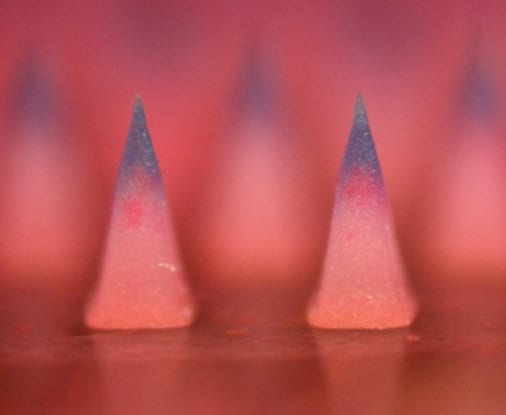
Implantable silk composite microneedles for programmable vaccine release kinetics and enhanced immunogenicity in transcutaneous immunization.
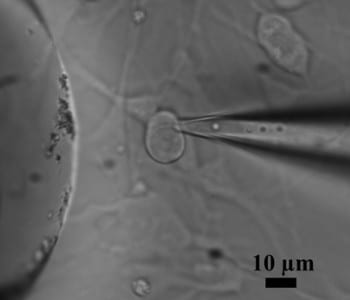
Silica-coated gold nanorods with absorption at precisely 780 nm cause action potentials in nerve cells when exposed to laser light.
Research mimic the progression of inflammation/infection on a sensor to investigate how biomolecular dynamics change in the local microenvironment.
Researchers from the IPF Dresden have developed and applied a nanoindentation method to quantify the stiffness of a sponge-like biohybrid hydrogel material.
The need to develop biocompatible and biodegradable materials has intensified as the fields of bioengineering and regenerative medicine come of age.